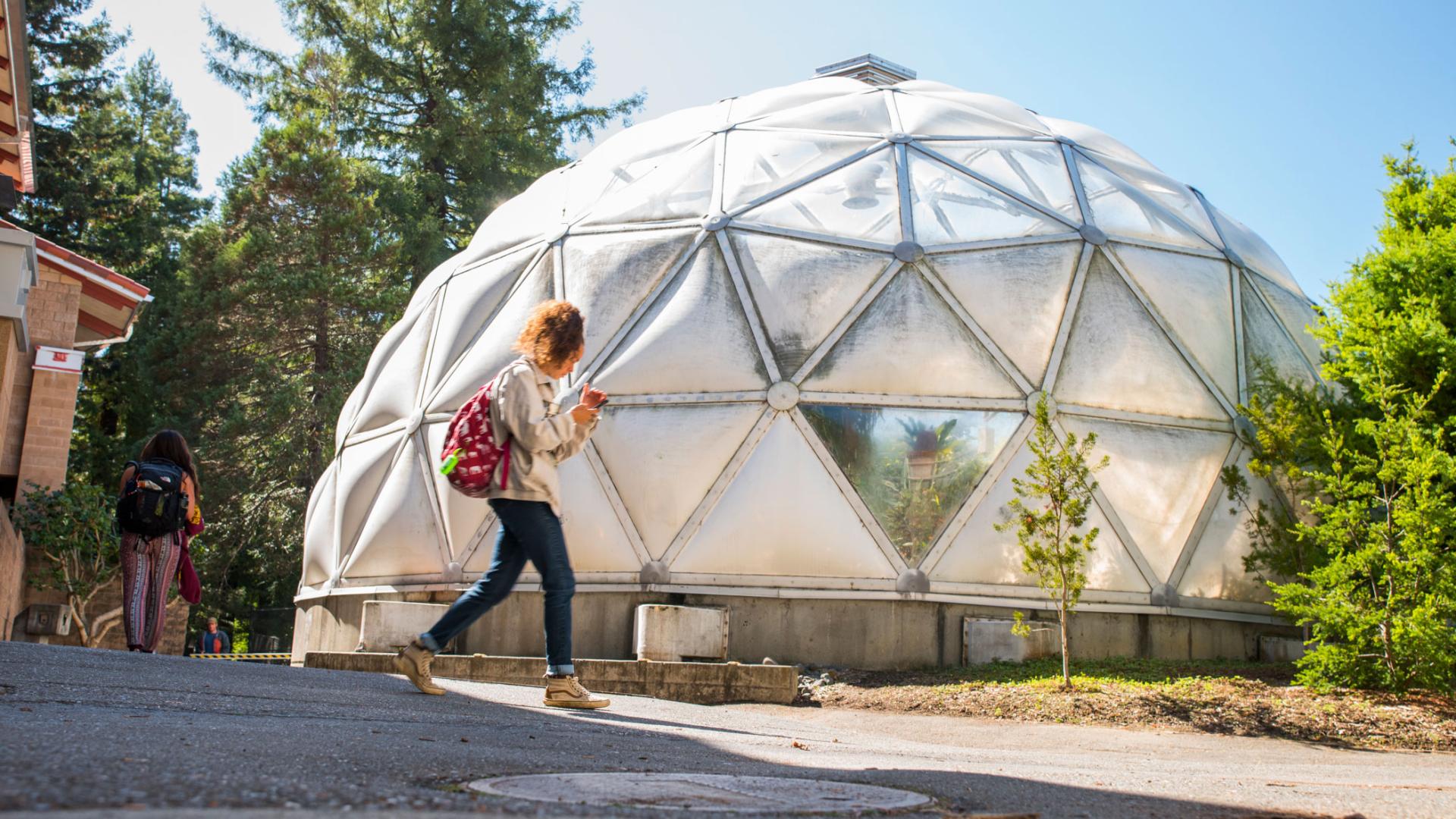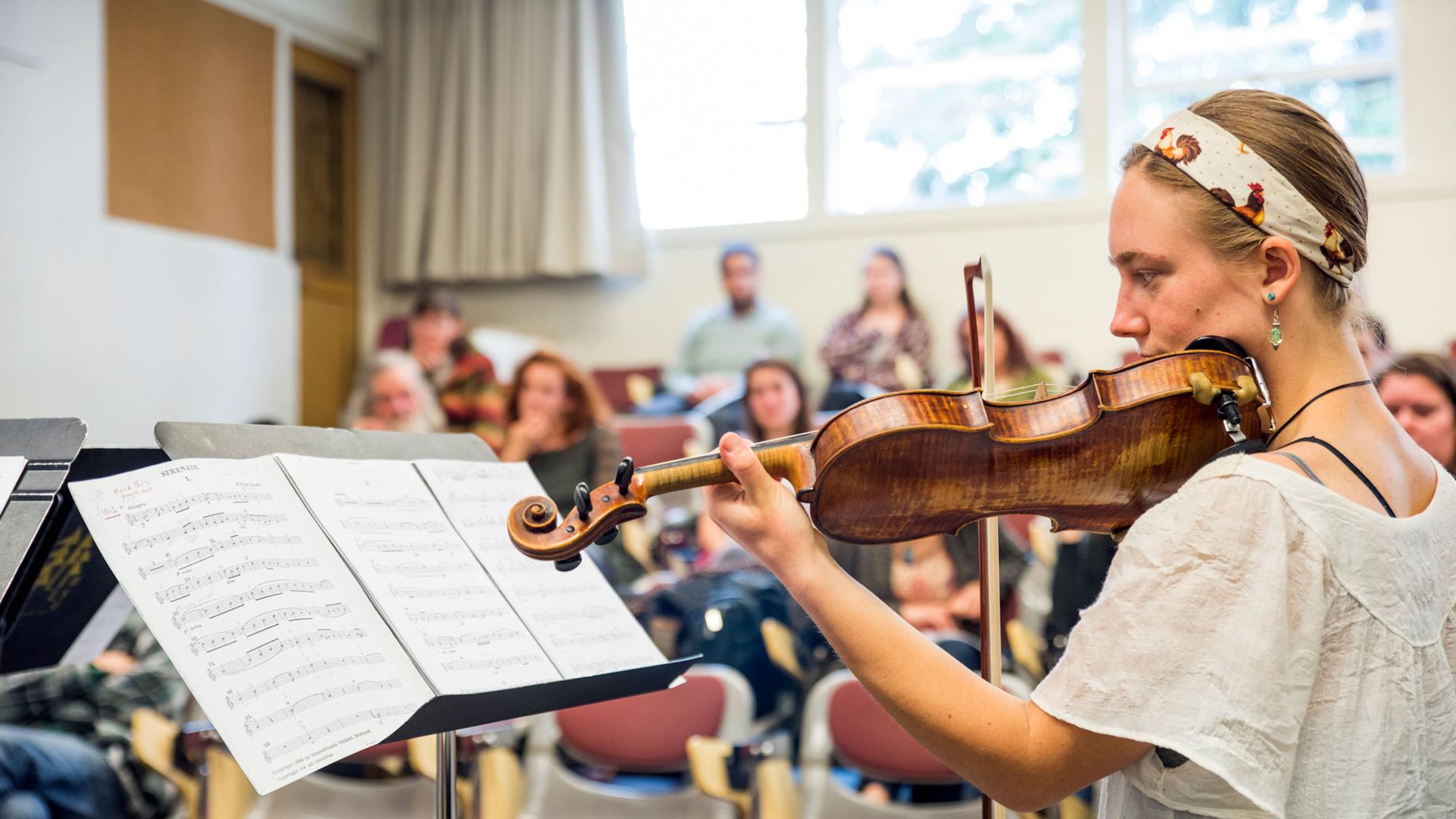Breadcrumb
Gahtan Lab - Cellular Neuroscience Course
Cellular Neuroscience (Biology 580, CRN: 32081-Lecture, 24444-Lab) Spring, 2010
Course Description: Professors from biology, psychology and mathematics will lead lectures and lab exercises on selected topics in cellular neuroscience, including genetic, biochemical, and electrophysiological mechanisms of information processing by neurons.
Learning Objectives: To provide an overview of knowledge and methods pertaining to selected topics within the broad field of cellular neuroscience. This course is especially intended for advanced undergraduates and graduate students, especially those intending to pursue doctoral training in neuroscience or related fields.
Section 1: Nervous System Development (Jacob Varkey, Biology)
Development 1: Differentiation and Migration
Development 2: Glial development
Development 3: Growth Cones
Development 4: Synaptogenesis
Section 2: Physiology (Bruce O’Gara, Biology)
Physiology 1: Membrane potential, Nernst Equation, Goldman Equation
Physiology 2: Membrane potential, Synaptic transmission
Physiology 3: Synaptic transmission
Physiology 4: Oscillators and Central Pattern Generators 1
Physiology 5: Oscillators and Central Pattern Generators 2
Physiology 6: Introduction to SWIMMY
Physiology 7: Modulation of Neuronal Circuits
Physiology 8: Neural Circuit Analysis
Section 3: Mathematical modeling of neurons (Bori Mazzag, Math)
Modeling 1: Introduction and overview of mathematical modeling
Modeling 2: Isolated ion channels and phase-line analysis
Modeling 3: Differential equations and phase-plane analysis
Modeling 4: Hodgkin-Huxley equations I.
Modeling 5: Stochastic synapse
Section 4: From Cells to Behavior (Ethan Gahtan, Psychology)
Behavior 1: Aggression: Steroids, cells, cognition, behavior
Behavior 2: Love: Peptides
Behavior 3: Depression: neurogenesis
Behavior 4: Hunger: Leptin signaling
Behavior 5: Learning: LTP mechanisms





